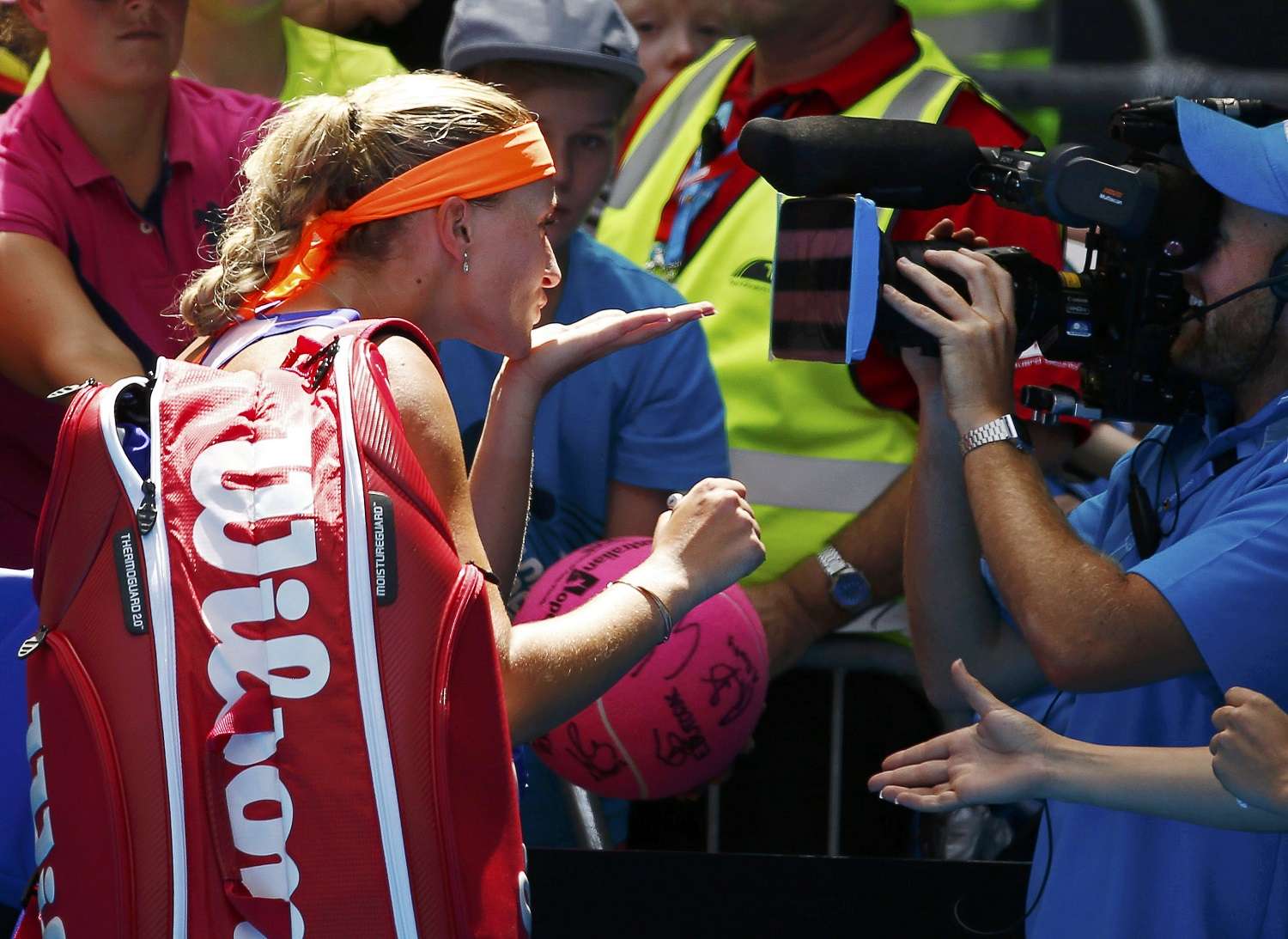What can make traditional broadcasters relevant again?
Ok, ok, so the title may be a little harsh.
But regardless of your viewpoint on the broadcaster/agency/digital platform paradigm, there’s no denying that traditional broadcasters are on a collision course with digital platforms when it comes to sport. And, with the current digital climate being what it is, there seems like there’s only going to be one winner.
Forecasting inevitable doom for the broadcaster, Digital Sport’s piece about live streaming rights and why they were such hot property provoked opinion and comment. And with the broadcaster already glaringly absent from discussions among the ‘who’s who of the digital media landscape’ about the future of the sports industry, it seems as if they’re already dead in the water – an outrageous statement considering they still own a large percentage of live sport broadcast rights of a number of sports – but true nonetheless.
As people ‘vote with their feet’ and more opt to watch live sport on Twitter, Facebook Live, YouTube etc, there’s no doubt that the money pool, be it very large at the moment, will soon start to diminish.
So, what can traditional broadcasters do to counteract this?
This is what we believe is needed for them to get back into the game.
1. Come up for air
The success of the likes of Sky, BT and the BBC can be largely attributed to sticking to what they know and what has been successful in the past. This and the fact that there have been few legitimate competitors has caused them to put their heads in the sand, ignoring trends and changes.
During this time, they’ve missed a seismic shift in the media landscape and one which could very well see them become extinct. The bottom line is that broadcasters need to know who and what they’re dealing with, not just in the traditional format but online whether it’s Facebook, Twitter or YouTube.
Digital Sport can’t claim to know any of the workings of the traditional broadcasters. However, judging by the rapidity with which digital platforms are catching up to them in terms of the acquisition of broadcast rights, it’s not hard to deduce that they’ve been caught off-guard.
2. Put more money into tech development without passing it onto the consumer
One of the main selling points of traditional broadcasters currently is that they can deliver a service that far surpasses anything consumers can find online. While this may have been true in the past, that is quickly being eroded by flexible and more dynamic digital platforms.
What they can offer are services like virtual reality, ultra HD and 4K on stable and reliable media platforms and this needs to be the area they focus on without passing it on to the customer. That means the loosening of profit margins, which of course is a big sticking point for board rooms etc. However, broadcasters have got themselves into this mess by worrying about their profit margins and really, technological advancement seems to be their only way out of it.
By utilising services that can differentiate them from Facebook Live or Twitter, they can swiftly transition from one market to another with not too much damage, albeit a slightly smaller one.
3. Admit that they’re getting it wrong and do something about it
BT Sport’s screening of the Champions League and Europa League’s semi finals and final on YouTube wasn’t just a pleasant surprise for those not willing to pay an extra £20 a month for the privilege, but a surprise because the network actually admitted that it wasn’t doing the viewing numbers that it should have been.
The screening of the Final alone not only brought three million UK viewers but carved the way forward for broadcasters in using a digital platform as the intermediary for its broadcast.
Whilst revenue figures are unlikely to be released to the public, packaging up the rights from the broadcaster with advertising and using the digital platform as the third party looks to be a solid short-term solution – one which wouldn’t have been discovered if they didn’t admit to getting it wrong in the first place.
There’s a reason that they’re getting it wrong and only half of the reason is because of the surge in the digital platforms. Broadcasters have allowed this to occur by not deviating far from their traditional means.
4. Concentrate on quality, not quantity
This point is relevant to a number of elements of current pay-per-view broadcasters, not least the size of the packages and the offerings from them.
It’s likely that if you’ve heard an advertisement for a broadcaster lately, it talks about 90+ channels with 20+ live sports and countless on-demand services. And while bigger choice used to equate to a better service, a bigger choice has also equated to an inflated bill which fewer are willing to pay.
Extrapolate this to the fact that these pay-per-view sports channels employ high numbers of former players as pundits, not because they offer good insight but because they’re there and the fact that quality programming is drowned in over-the-top advertising and you can understand why audiences are shying away from them.
5. And most importantly, change the business model
The reality is that the business models of traditional broadcasters are not becoming redundant, they already are redundant. As mentioned, their stranglehold on the industry is only as strong as their subscription base and this subscription base will begin to diminish as cheaper and more flexible alternatives emerge. The broadcasters need to change with the times and recognise the effectiveness of the model used by the likes of Netflix, Amazon, YouTube Red etc.
Splitting up every piece of their programming and implementing a pay-per-view type service is just the start of what they need to do to start turning the tide. Bigger changes lie in adjusting profit margins and while that may be much easier said than done, what’s better, having a viewer that pays a lower cost to view a match or having no viewer at all?
About author
You might also like
Mallory Group Launches White Paper on the ‘New Normal’ for Sports Rights Holders
Sport is proving to be one of the high-profile business casualties of the Covid-19 pandemic. However, its slow and structured return will be a key factor in life entering the
The seven essentials for achieving successful sports branding
By Daniela McVicker When it comes to sports, great branding is a must. Your brand influences how people see your company or team. It helps you to forge connections with
Live Chat: A New Social Experience in Sports
Article written by John S. Kim, CEO and co-founder of global API company SendBird Social media rose to prominence throughout the world due to its potential for connection. Social channels provided the








